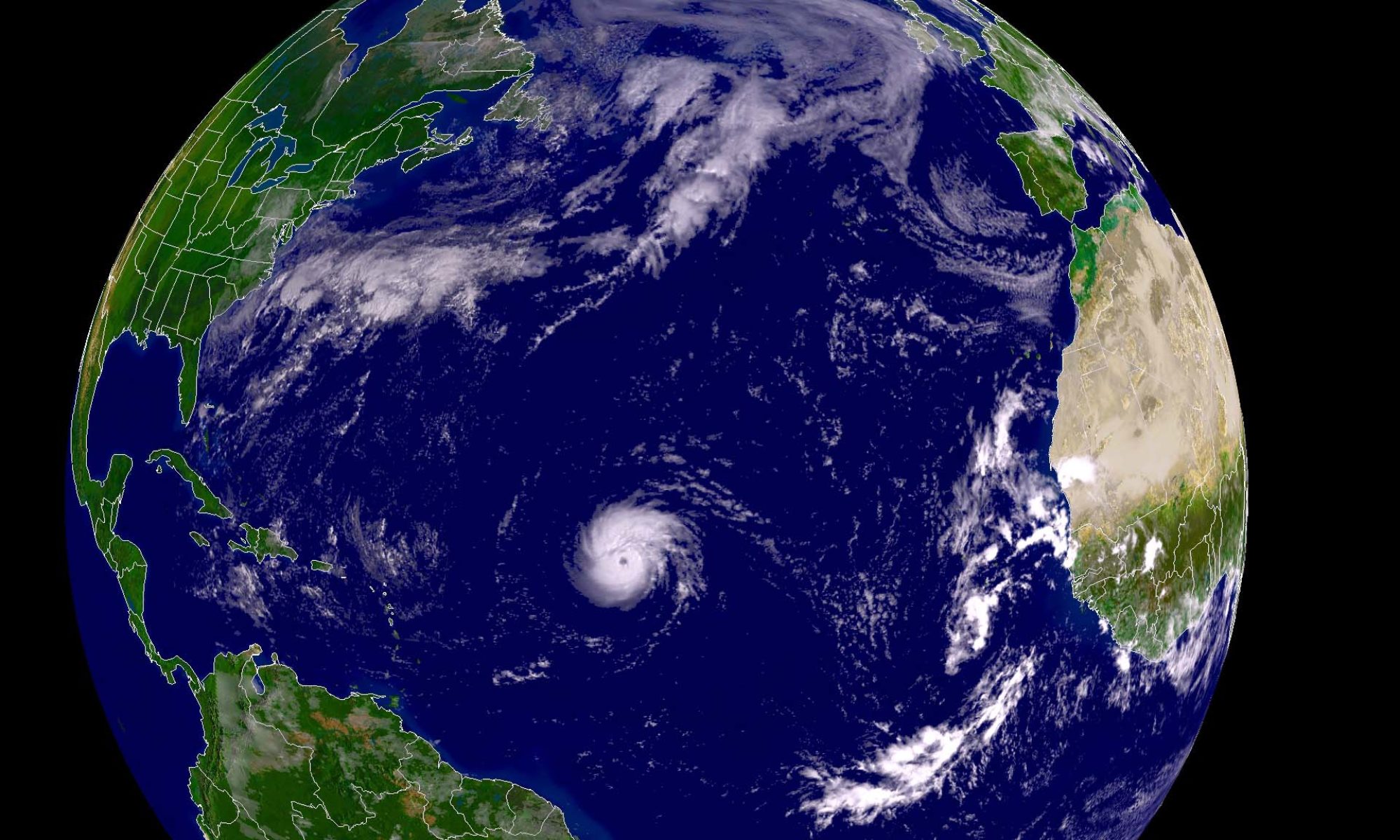Read in German, Spanish, Japanese (日本語 ), and French.
M. V. Ramana
The Indian government is engaged in discussions with the Japanese government aimed at concluding a bilateral nuclear cooperation pact; this would allow India to import nuclear reactor parts from Japan. The primary argument given for India’s plans to expand nuclear power is that the country already suffers electricity shortages and its electricity demand is fast growing.
There are at least three sad realities that underlie this discussion. The first, and perhaps most poignant, is that Japan, which is currently facing tremendous democratic opposition to restarting nuclear reactors within the country, is considering exporting nuclear reactor parts to a country where, again, there is significant opposition to nuclear power, especially at all the sites that have been selected for installing reactors imported from companies like Westinghouse, General Electric and Areva. Their reasons for such opposition are not difficult to discern. In the aftermath of 11 March 2011, people near an existing or proposed nuclear reactor can—and do—imagine themselves suffering a fate similar to those of the inhabitants of the areas around Fukushima. These nuclear reactors are also located in areas that support thousands of people living off farming, fishing, and other occupations, and these people see, quite correctly, the reactor as a major threat to their livelihoods. The Indian government’s response to the opposition has been a combination of coercion, bribery, and propaganda. Support for the Indian government’s nuclear efforts, therefore, cannot be considered respectful of democratic rights.… Continue reading
